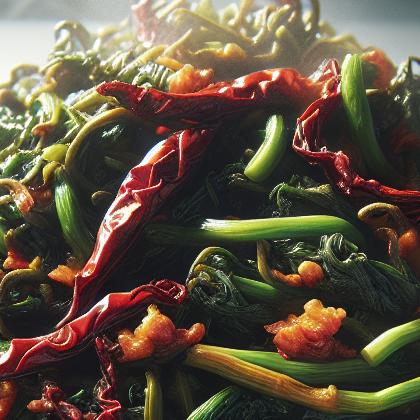Showing results for 'Savory'
close
Savory

Satureja is a genus of aromatic plants of the family Lamiaceae, related to rosemary and thyme. It is native to North Africa, southern + southeastern Europe, the Middle East, and Central Asia. A few New World species were formerly included in Satureja, but they have all been moved to other genera. Several species are cultivated as culinary herbs and they have become established in the wild in a few places. Summer savory is used in Romanian cuisine, especially in sarmale (stuffed cabbage or grape leaf rolls).
Savory Pairs With:
Food Item
Flavor Affinity Level

Did you know there are 32 food flavor pairings in my database for Savory available. What you are seeing above is a random list of 30 items which pair with Savory.
For the entire list, beautifully formatted, enter your email address and click the download button below, then I'll email it to you as a PDF.
Savory Properties:
| Food Property | Type | Description |
|---|---|---|
| Flavor Profile | Umami | Savory foods have a rich, savory, and meaty flavor often associated with umami. |
| Salty | Savory foods may have a salty taste to enhance their savory flavor profile. | |
| Texture | Firmness | Savory foods may have a firm texture, such as meat or certain vegetables. |
| Nutritional Value | Macronutrients | Savory foods typically contain macronutrients like protein, fats, and carbohydrates. |
| Micronutrients | Savory foods may also provide essential micronutrients like vitamins and minerals. | |
| Aroma | Volatile Compounds | Savory foods may have aromatic compounds that contribute to their savory aroma. |
| Chemical Composition | Acidity/Alkalinity (pH) | Savory foods may have a neutral to slightly acidic pH level. |
| Cooking Behavior | Heat Conductivity | Savory foods may conduct heat efficiently during the cooking process, resulting in even cooking. |
| Water Retention | Savory foods may retain moisture well during cooking, preventing them from drying out. | |
| Oil Absorption | Savory foods may absorb oil during cooking, contributing to their flavor and texture. |
Food Pairing App - Version 1.2.0
